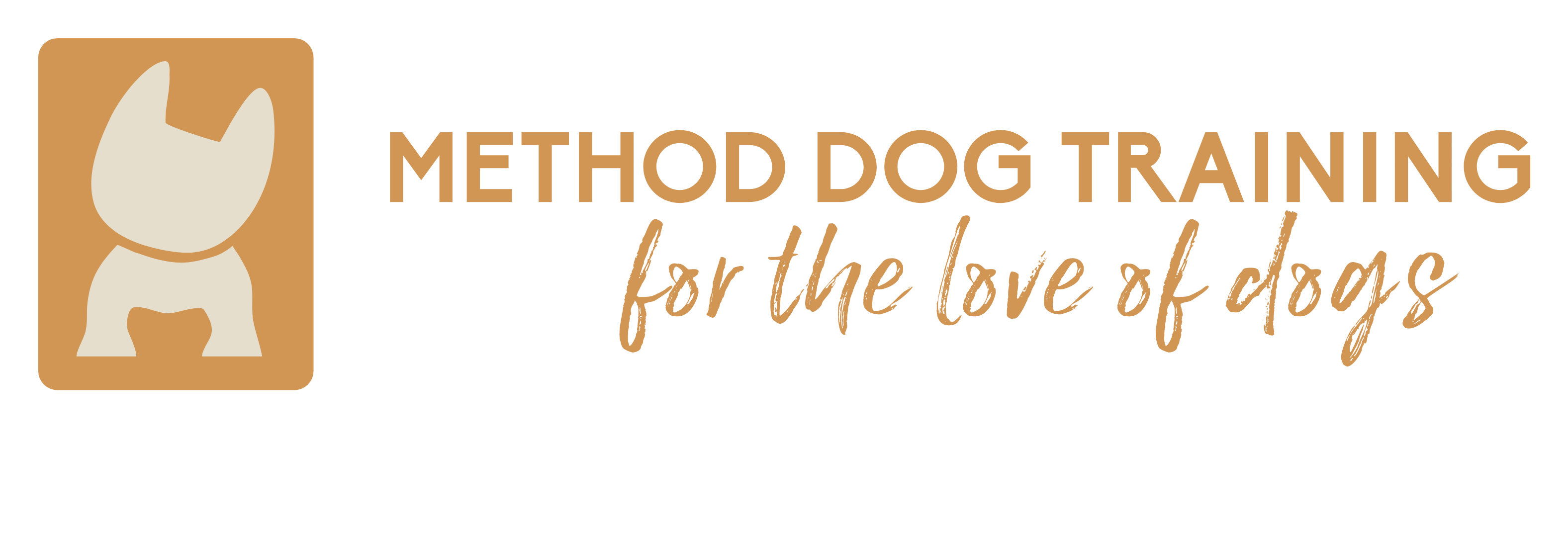Dog training is a fascinating realm where science meets the intricate world of canine behavior. Effectively training dogs involves a delicate balance of psychological and biological factors, each influenced by genetics and individual characteristics. This article explores the science behind training rewards, encompassing the role of genetics, the POMC gene variant often dubbed the “munchies” gene, and the use of food, play, and toys as motivators.
Biological Factors and Genetics:
Dogs, as domesticated descendants of wolves, inherit a natural drive for food, making it a powerful motivator in training. However, genetic variations play a significant role in this aspect. Some breeds, such as Labrador Retrievers and Beagles, have a genetic variant in the POMC gene, which intensifies their food motivation. In contrast, breeds like Basenjis or Shiba Inus are known for their independent nature and may have less pronounced food motivation [1].
Pleasure Centers in the Brain:
When dogs receive food rewards, their brains release dopamine, a neurotransmitter associated with pleasure and reward. This creates positive associations with the behaviors they’ve just performed, reinforcing desired actions. While the “munchies” gene variant can amplify this response, even breeds less focused on food, such as Border Collies or Australian Shepherds, can find pleasure in treats due to their brain’s response to dopamine [2].
Operant Conditioning:
Operant conditioning, a psychological concept developed by B.F. Skinner, is central to dog training. It involves using rewards to increase the likelihood of a behavior being repeated. Dogs with heightened food motivation, including those with the POMC gene variant, often respond eagerly to food-based training. However, breeds like Greyhounds or Afghan Hounds, which are less food-oriented, can still learn through other types of rewards [3].
Social Hierarchy:
Dogs are pack animals with a hierarchical social structure. In a human-dog relationship, the human often takes on the role of the pack leader. Offering food rewards reinforces this dynamic, as dominant pack members would often control access to food resources. Breeds like German Shepherds or Rottweilers, which are naturally protective and loyal, may prioritize this dynamic even if they aren’t as food-driven [4].
Training Efficiency:
Food rewards are highly effective in dog training due to their precision and immediacy. They can be delivered immediately upon the desired behavior, making the connection between the action and the reward clear. For breeds less interested in food, such as Whippets or Salukis, play or toy motivators can be just as effective, if not more so [5].
Play and Toy Motivators:
For dogs less food motivated or those without the POMC gene variant, play or toys can serve as powerful rewards. Breeds like Border Terriers or Jack Russell Terriers are known for their love of play and might respond better to a game of fetch or a squeaky toy as a reward [6]. These playful interactions tap into a dog’s natural instincts and can be highly reinforcing. For example, herding breeds like the Australian Cattle Dog might thrive on a game of “chase the ball” as a reward for good behavior.
In summary, effective dog training is a multidimensional process that considers a dog’s individual characteristics, including their genetic makeup and natural preferences. While food rewards remain a potent tool for many breeds, dogs less food motivated or without the POMC gene variant can excel in training when play or toys are used as motivators. Understanding these differences allows dog owners to tailor their training methods to suit the unique needs and preferences of their furry companions.
References:
- McGreevy, P. D., & Nicholas, F. W. (1999). Some Practical Solutions to Welfare Problems in Dog Breeding. Animal Welfare, 8(4), 329-341.
- Berns, G. S., Brooks, A. M., & Spivak, M. (2012). Functional MRI in Awake Unrestrained Dogs. PLoS ONE, 7(5), e38027.
- Skinner, B. F. (1938). The Behavior of Organisms: An Experimental Analysis. Appleton-Century.
- Bradshaw, J. W. S. (2017). Sociality in Cats: A Comparative Review. Journal of Veterinary Behavior, 21, 20-32.
- McKinley, S. R., & Young, R. J. (2003). The Efficacy of the Model-Rival Method when compared with operant conditioning for training domestic dogs to perform a retrieval-selection task. Applied Animal Behaviour Science, 81(4), 357-365.
- Rooney, N. J., & Bradshaw, J. W. S. (2004). Links between play and dominance and attachment dimensions of dog-human relationships. Journal of Applied Animal Welfare Science, 7(3), 236-248.


